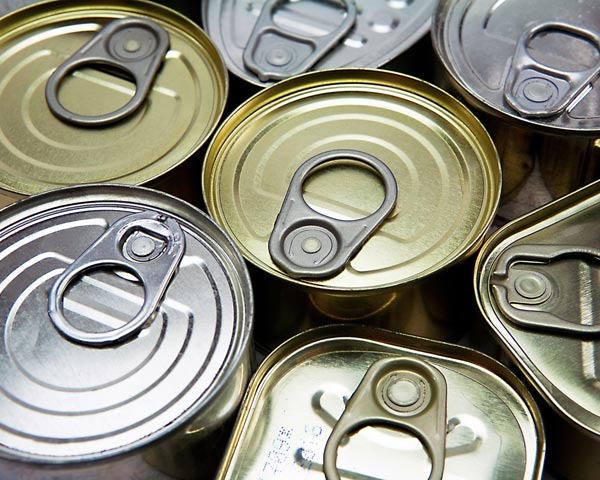In Case Of Emergency: Stockpile These 17 Essential Foods
Hurricanes, tornadoes, snowstorms, floods, fires, and earthquakes; emergencies can happen anytime. Are you prepared?
Click here for the 17 Essential Foods You Should Stockpile slideshow.
While most people probably have a few flashlights and some batteries in a drawer somewhere, many are probably not really ready for a crisis, especially when it comes to food and drink supplies.
"In the event of a power outage, you should have a seven-day or longer supply of shelf-stable, no-refrigeration-needed foods and drinks," says David Barckhoff, an emergency management consultant.
You don't need to set up a bunker in your basement or have a full storage shed with supplies, but it's always smart to have survival basics.
"It is necessary to pack in as much protein, carbohydrates, and fats as possible," says registered dietitian Rene Ficek, who is lead nutrition expert at Seattle Sutton's Healthy Eating. "These foods will keep your energy up while helping you stay safe, healthy, and nourished until the disaster has passed."
Make sure you also store favorite foods, assuming that they're non-perishable. "In times of crisis, morale is crucial and food is the king of morale," says Paul Purcell, terrorism and natural disaster preparedness specialist and the author of Disaster Prep 101. "Make sure to foster a sense of normalcy by having not only your regular foods, but some of your 'vice' and 'comfort' foods as well."
Avoid stocking up on glass items, including pasta sauces or jams, since the glass is fragile and could break during an emergency. Choose small packs or individual portions of certain foods like packets of mayonnaise or dressings, which might otherwise need refrigeration if kept open for a long time.
Refresh your pantry on a regular basis so your emergency supplies don't all expire at the same time. Purcell, who doesn't recommend having a "set-aside stash of food," suggests buying a few supplies each week until you have about four weeks' worth of food.
In many cases, you will have a fridge/freezer full of food when the power goes out, but how do you know if it is still safe to eat? Food begins to rapidly grow bacteria after around four hours above 40 degrees F, which gives you only a few hours to take advantage of refrigerated items. However, frozen foods are most likely safe to eat, as long as they still have visible ice crystals on the packaging. Once the food reaches room temperature, it is most likely unsafe to eat.
Also, if you live in a flood-prone area, stick with commercially canned foods. The seal on these foods protects them from bacterial contamination by flood waters.
Disaster and nutrition experts are sharing their tips for the food and drink essentials you'll need in case of emergency. From peanut butter and granola bars to water and sports drinks, you'll be ready for whatever the world throws at you. One last note from us: Don't forget a manual can opener! Your canned soup and tuna cans aren't going to open themselves.
Originally published on September 23, 2014.
Additional reporting by Angela Carlos on January 14, 2016.
